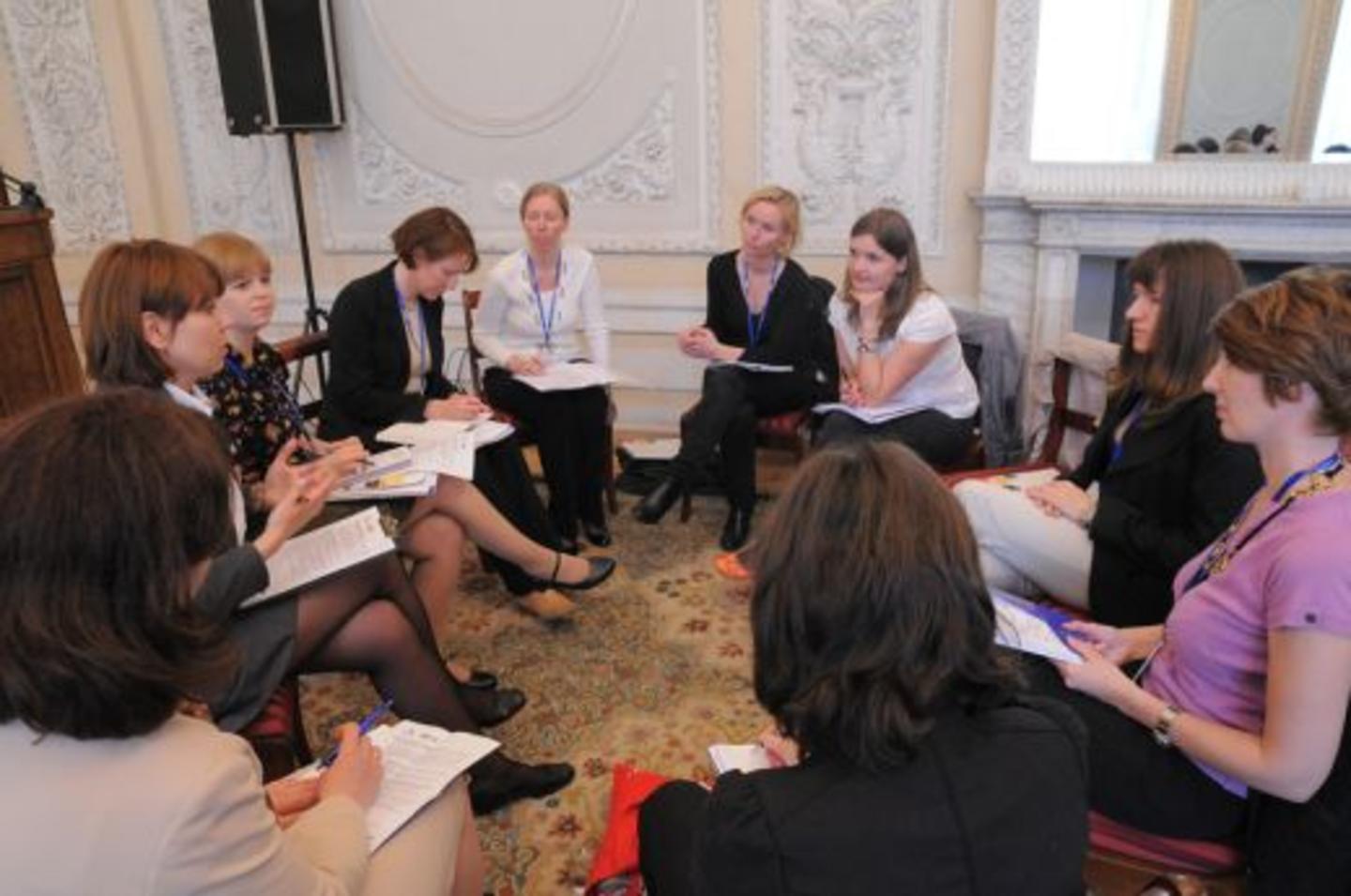Despite political objectives of international student mobility, many European countries witness a drop in student mobility. The EEA and Norway Grants have contributed to flatten out the negative mobility curve by attracting students from Central and Southern Europe.
Scholarship funds are in place in Bulgaria, the Czech Republic, Greece, Hungary, Latvia, Poland, Portugal, Romania, Slovenia and Slovakia to promote student exchanges to Iceland, Liechtenstein and Norway. At a seminar for the national intermediaries of these funds in Warsaw last month, several countries, among them the Czech Republic, Hungary and Poland, reported a soaring number of students heading north.
Generous grants
According to Katarzyna Aleksandrowicz of the Foundation for the Development of the Education System in Poland, the generous grants have significantly lowered the economic threshold for studying in the donor states. She said the scholarships take into account the higher costs of living and have been matched with increased interest from students.
The large majority of exchanges are made with Norway, and the influx of students from the Czech Republic and Hungary has doubled due the grant schemes. "The scholarship funds have increased the interest for cooperation with Norway and are a good contribution to the internationalisation of Norwegian institutions", Vidar Pedersen of the Norwegian Centre for International Cooperation in Higher Education (SIU) said at the Warsaw seminar.
Europe's success story
Pedersen went on to call student mobility Europe`s real success story: "Of all European projects that have been initiated, the educational cooperation ranks among the most successful ones," he said, adding that the EEA and Norway Grants make up a small, but nevertheless important part of European educational mobility.
"Many still have a distorted image of Central and Eastern Europe. Old perceptions die hard, but we contribute to a new Europe through the experience of individuals, and I think that that's where the EEA and Norway Grants can have most effect," Pedersen said. Over the course of the EEA and Norway Grants scholarships funds' existence until 2011, more than 1,000 people in the donor states and the beneficiary states will benefit from the grants.
The presentations from the Warsaw seminar is available on the web site of the Polish scholarship fund.
